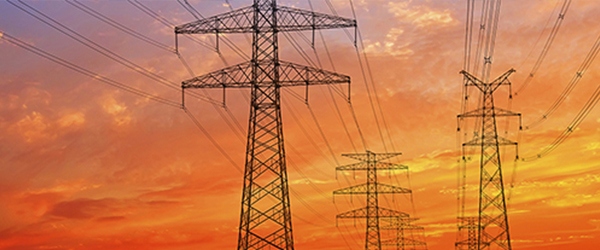2023 Energy Trends Report Deep Dive: Is Market Volatility Here to Stay?

Historic price swings in 2021 and 2022 left many consumers wondering if market volatility (and potentially higher energy bills) would be here to stay. Though 2023 has been a steadier year as far as market swings go, the pace at which the energy industry is changing means we can expect to see volatility continue in the near future.
Here’s a closer look at what’s affecting the market.
What’s causing market volatility?
A variety of factors are affecting marketing volatility in the U.S. and around the world.
An energy crisis in Europe
As energy has become a global commodity, what happens thousands of miles away is more likely to affect prices at home. The conflict in Ukraine upended energy security across the globe, contributing to an energy crisis in Europe that leaders in the industry worry could last for years. As Europe faces its first year without a significant amount of Russian pipeline gas, the gas and power markets in that region may remain tight this year. Though we haven’t seen the extreme energy prices Europe has — natural gas prices in Europe tripled in 2022 — even slight price volatility can make it difficult for consumers to manage their energy expenses or plan long-term.
Rapid industry growth and price inelasticity
Years of rapid growth in the U.S. energy industry and increased natural gas production led to significant price inelasticity and domestic turbulence.
Production and storage challenges
The U.S. energy sector is still bouncing back from production and storage challenges that began even before the COVID-19 pandemic. As the industry has grown tremendously over the last decade, our natural gas storage capacity hasn’t kept up. For more, IGS Energy’s Paul Leanza offers a quick explainer of how this significant uptick in production, paired with storage challenges, led to price inelasticity.
Unpredictable weather
Changes in weather affect market volatility, too. Severe, unexpected, or long-lasting changes in weather can cause consumer demand for natural gas to fluctuate. Weather can also impact the supply and distribution of natural gas.
How market volatility could impact consumers
Over the next year, we expect to see continued market volatility and price instability in the gas and power markets due to the lack of flexibility in the domestic energy sector. Global natural gas and coal prices hit record highs in 2022, and although the World Bank predicted these prices would drop in 2023, energy prices are still expected to be 75 percent above the average over the past five years. In Europe, natural gas prices could be nearly four times higher.
How to manage market volatility
Thinking long-term when making energy decisions may make it easier to manage volatility. Energy customers on a variable rate plan — which is affected by market rates — could feel the impact of market volatility the most. Customers on a fixed rate plan — in which energy rates stay the same even if market rates change — can experience predictable energy costs.
For a more in-depth overview of your options, check out Managing Risk: The Right Energy Strategy for Your Business.
Read Our 2023 Energy Trends Report